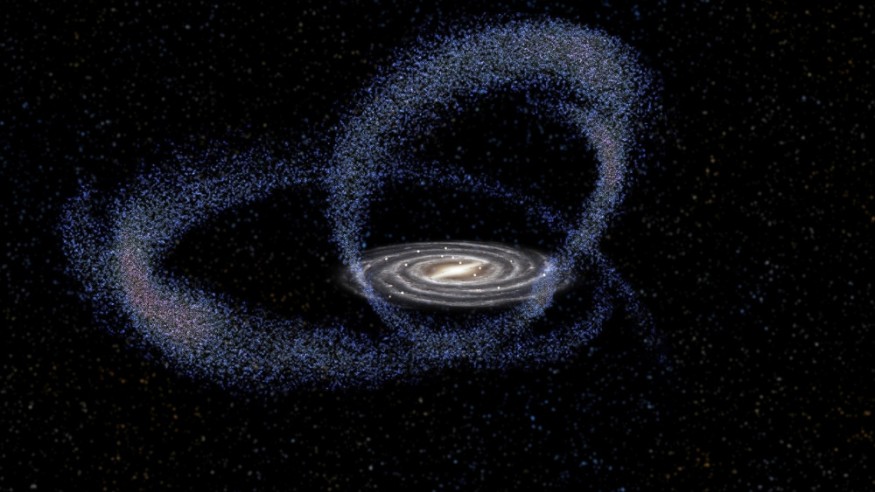We are Not Alone: Study Reveals 36 Other Life Forms in the Galaxy
Scientists and astrophysicists from the University of Nottingham have calculated that there could be over 36 other life forms throughout the Milky Way Galaxy.

Are we alone? A group of scientists and astrophysicists sought to answer this age-old question in a research study published recently in the Astrophysical Journal.
The scientists revealed that there could be more than 36 other life forms in the Milky Way galaxy, but because of time and distance, we may never know for a fact whether they exist or not, according to a published article on CNN.
How Scientists and Astrophysicists Came Up with This Result
Astronomer and astrophysicist Frank Drake created an equation in 1961 which became the basis for the study conducted by the scientists and astrophysicists from the University of Nottingham.
The authors in the study acknowledged that the Drake equation in principle can be used to calculate how many Communicating Extra-Terrestrial Intelligence (CETI) or other life forms there might be in the galaxy.
However, there are many terms in the Drake equation that are unknowable and additional methods are needed to calculate and determine the number of CETIs.
The Difference Between the Drake Equation and the New Approach
So the team of scientists from the University of Nottingham created and developed a new approach. Christopher Conselice, a professor of astrophysics at the University of Nottingham, told the CNN news through an email that what makes their equation different from Drake is their very simple assumption about how life developed.
Conselice added: "One of them is that life forms in a scientific way - that is if the right conditions are met then life will form. This avoids impossible to answer questions such as 'what fraction of planets in a habitable zone of a star will form life?' and 'what fraction of life will evolve into intelligent life?' as these are not answerable until we actually detect life, which we have not yet done."
Moreover, the calculation they called Astrobiological Copernican Principle includes the history of star formation in the galaxy, ages of stars, the metal content of the stars, and the likelihood of the stars in hosting human life.
Meanwhile, Tom Westby, co-author of the study and an assistant professor from the same university said: "The two Astrobiological Copernican limits are that intelligent life forms in less than 5 billion years, or after about 5 billion years - similar to on Earth where a communicating civilization formed after 4.5 billion years."
Other Evidence of the Existence of Other Life Forms
Another assumption they see in these potential civilizations is that they are making their presence in different ways like signals.
It can be remembered that space experts reported in February that there had been fast radio bursts of radio waves in space.
Additionally, the Canadian Hydrogen Intensity Mapping Experiment/Fast Radio Burst Project detected an average of signals every 16 days from September 2018 to October 2019.
The study also asserted that there would be a minimum of 928 civilizations communicating in the galaxy today but it needs 700 years to make a detection.
Subscribe to Latin Post!
Sign up for our free newsletter for the Latest coverage!
© 2025 Latin Post. All rights reserved. Do not reproduce without permission.











